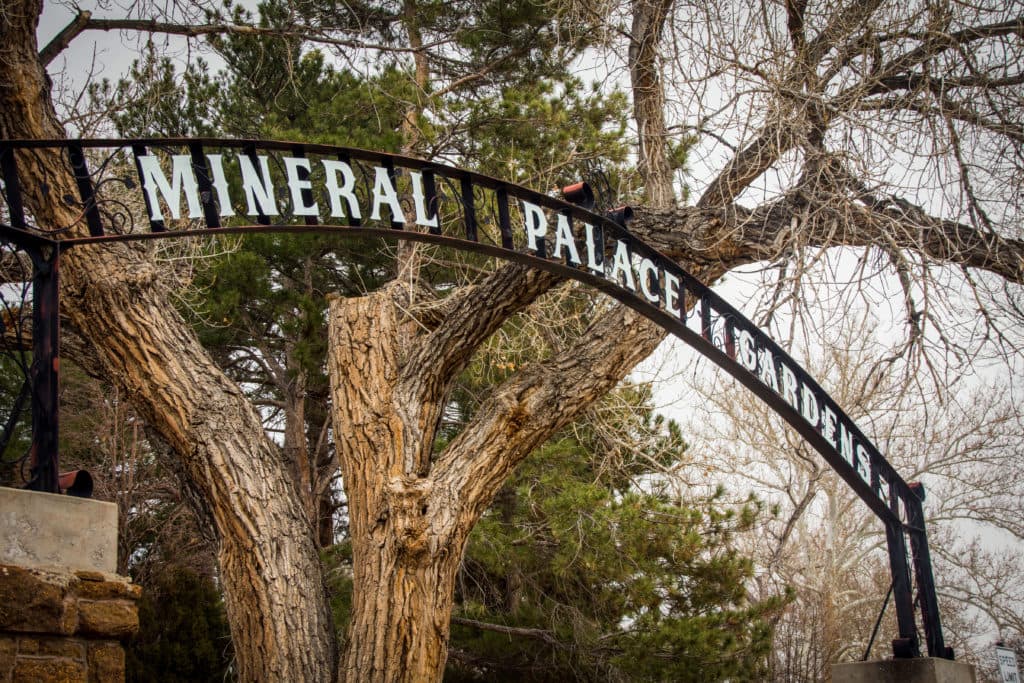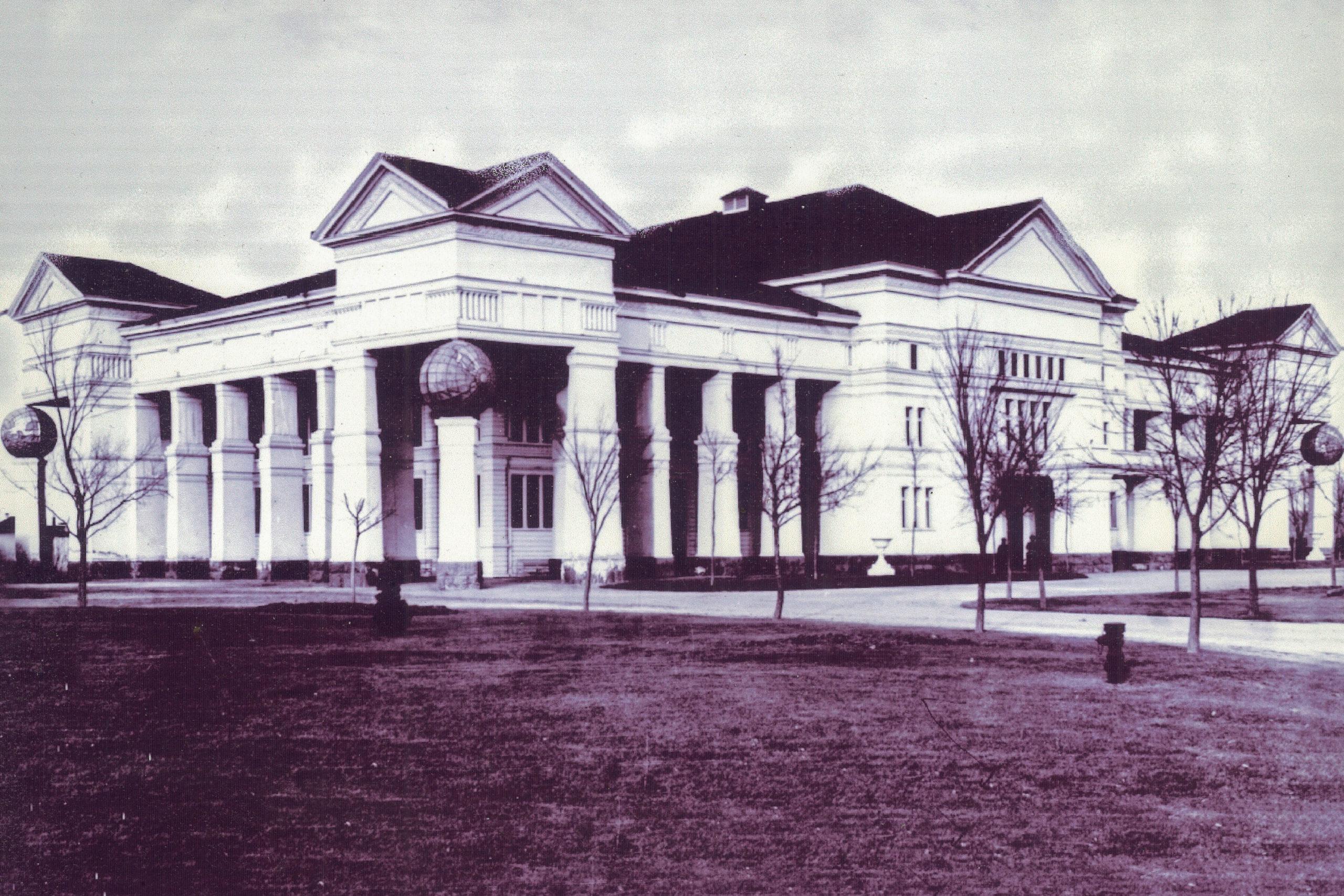
“You Should've Seen It: Pueblo's Mineral Palace,” is a new exhibit about a Southern Colorado legend and reality built in 1891.
In the late 19th Century, the Mineral Palace was designed to capture the world’s attention with its soaring domes, grand columns and huge mineral collection. According to exhibit developer Devin Flores, the magnificent building was originally conceived as a business idea put together by influential people of the era, including Colorado’s three-time governor Alva Adams and Henry Clay Brown of Denver’s Brown Palace.
”The Mineral Palace was this way to show off to the world the mineral wealth of Colorado,” Flores said. “At the same time it was a community center.”
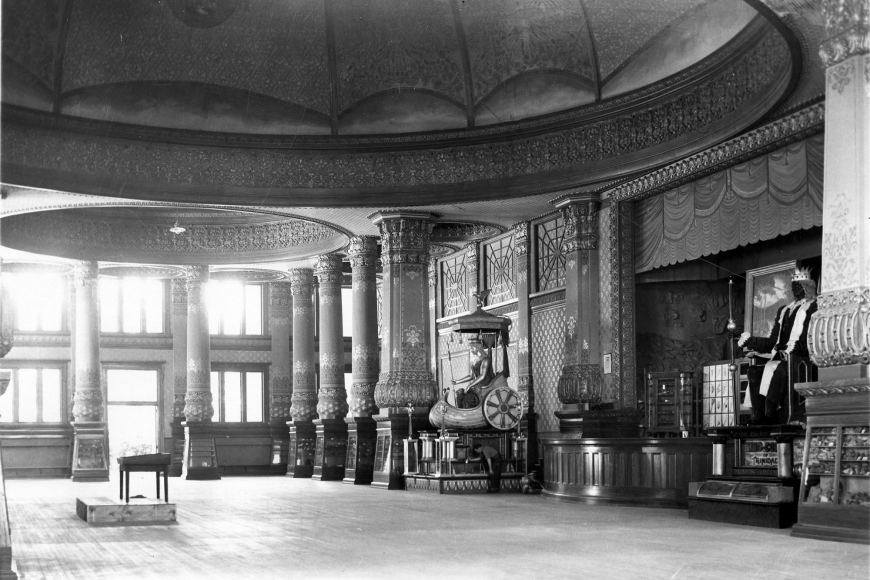
Along with what was then the world’s largest mineral collection–displayed at the foot of towering columns–it was also the site of weddings, political rallies and concerts too, according to Flores. It had multiple domes, with the tallest standing 70 feet high. The space dwarfed the two giant statues inside, known as the Silver Queen and King Coal, he said.
The “royal” statues represented Colorado’s mining industry, Flores said. King Coal, sponsored by the city of Trinidad, stood 16 feet tall. The 18-foot tall Silver Queen was paid for by the City of Aspen.
The new exhibit features life-sized images of these statues, Flores said. “You get a sense of what it would be like to be standing before (them) to help get a sense of the scale of the Mineral Palace, because it really was an enormous building.”
In the years after its construction, a lavish park was created around the Mineral Palace with flower gardens, large trees and a lake.
But the opulent structure was difficult to maintain, especially during hard financial times like the silver market crash in 1893, the aftermath of the 1921 Arkansas River flood and The Great Depression. It fell into such disrepair that it was demolished just half a century later in 1942. The Silver Queen and King Coal disappeared.
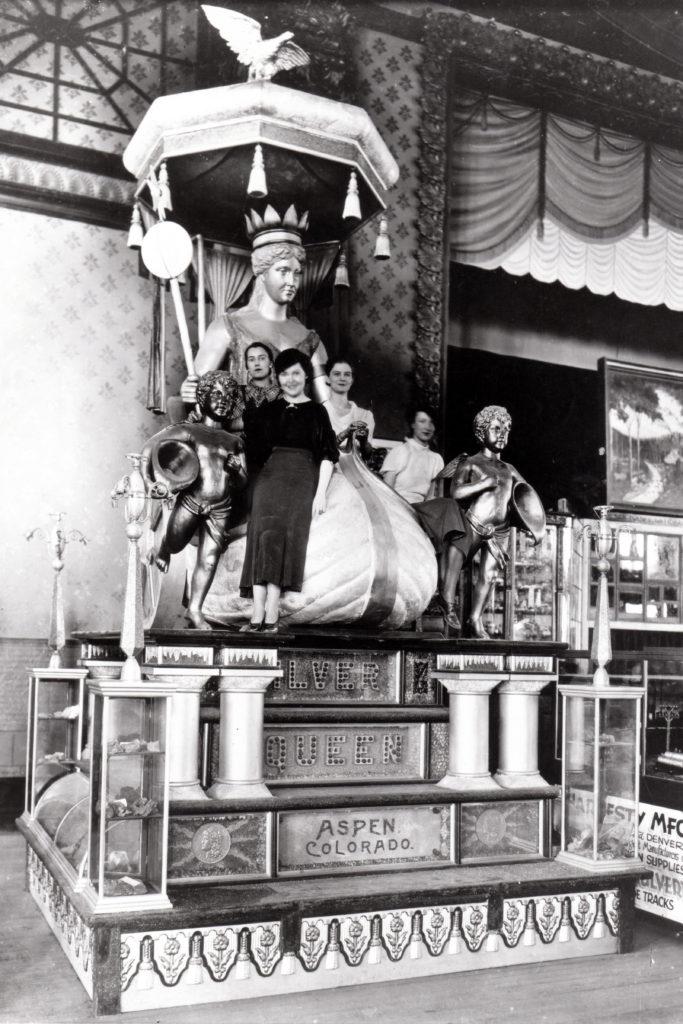
The Silver Queen statue that once stood inside of the Pueblo Mineral Palace. 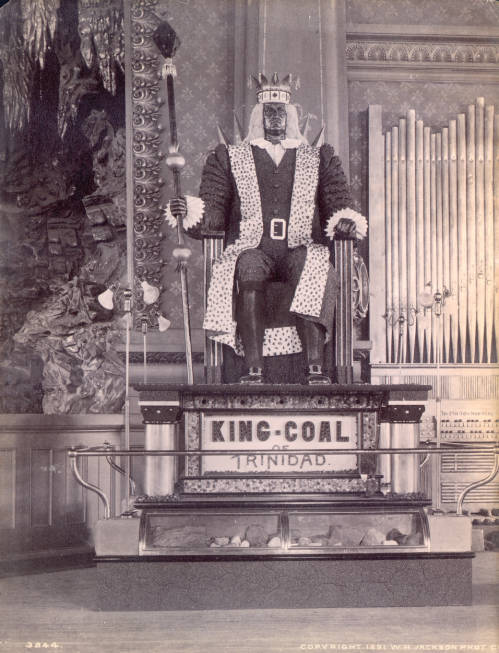
Close-up view of the statue of King-Coal in the Colorado Mineral Palace, Pueblo, Colo., in 1891.
Eventually a greenhouse was built on the site and other amenities were added to the park, like a swimming pool. Development and the construction of I-25 have slowly encroached on the 57-acre park. Yet, it remains a popular hub for social gatherings and recreation in Pueblo.
The park and that site have meaning, Flores said. “It still touches Pueblo’s history in small subtle ways,'' he said. “Its echoes, its ripples, carry onwards into the present.”
Interactive art, memorabilia and photographs will help museum visitors experience the scale and grandeur of the Mineral Palace, according to Flores. “You Should've Seen It: Pueblo's Mineral Palace,” also explores the mystery and rumors of what happened to the two royal statues and features oral histories from Puebloans.
The exhibit opens Friday, September 9 and runs through April 1.
